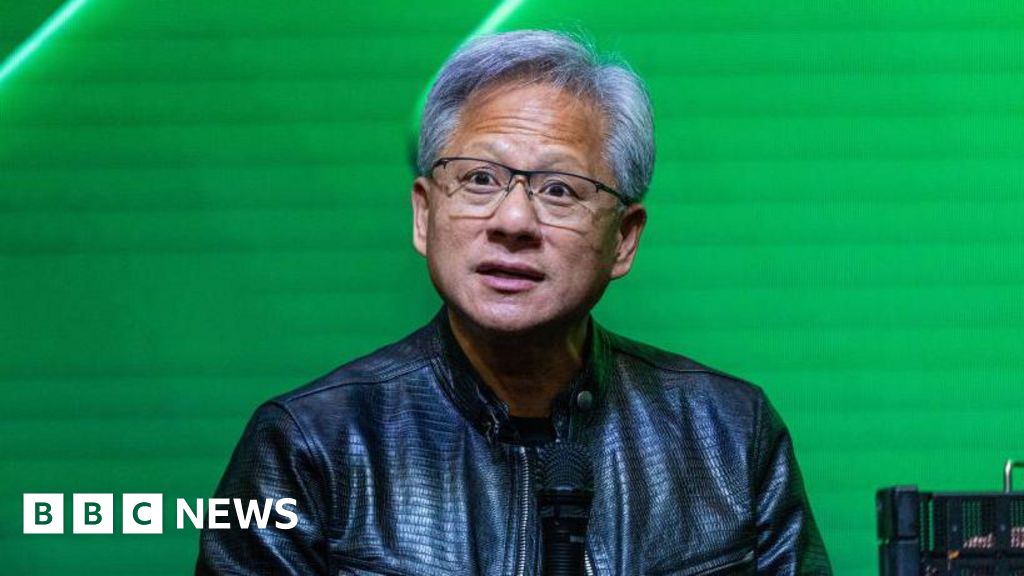
Die neue Studie liefert wichtige Erkenntnisse darüber, wie Supraleitung in Materialien mit nahezu „eingefrorenen“ Elektronen auftritt.
Wissenschaftler der University of Texas in Dallas und ihre Mitarbeiter an der Ohio State University haben einen neuen Mechanismus entdeckt, der Supraleitung in einem Material hervorruft, in dem die Geschwindigkeit von Elektronen nahezu null ist. Dieser Durchbruch könnte den Weg für die Entwicklung neuer Supraleiter ebnen.
Die Ergebnisse ihrer Studie wurden kürzlich in der Fachzeitschrift veröffentlicht NaturBeschreiben Sie eine neue Methode zur Berechnung der Geschwindigkeit eines Elektrons. Diese Studie stellt auch den ersten Fall dar, in dem die Quantengeometrie als der primäre Mechanismus identifiziert wurde, der zur Supraleitung in irgendeinem Material beiträgt.
Das von den Forschern untersuchte Material ist eine verdrillte Doppelschicht[{“ attribute=““>graphene. Graphene is a single layer of carbon atoms arranged periodically in a honeycomb pattern. In twisted bilayer graphene, two sheets of graphene are stacked on top of one another with a slight angular twist. In principle, at a certain “magic” twist angle, the speed of electrons in the material approaches zero, said Dr. Fan Zhang, an associate professor of physics in the School of Natural Sciences and Mathematics at UT Dallas and an author of the study. Zhang, a theorist, and his collaborators previously published a review article on the unique physical properties of such systems.
“In a conventional metal, the average velocity of electrons is responsible for conductivity, and in a superconductor, the electrons pair into Cooper pairs to flow uniformly with no resistance or dissipation,” Zhang said. “By contrast, in twisted bilayer graphene, the electrons move very, very slowly, with a speed approaching zero. But this produces a paradox: How can these slow electrons conduct electricity, let alone superconduct?
“The superconductivity must come from something else. We determined that it arises from quantum geometry.”
The new study provides significant insights into how superconductivity can arise in materials with nearly “frozen” electrons.
The Ohio State researchers, led by physics professors and study authors Dr. Marc Bockrath, Dr. Jeanie Lau, and Dr. Mohit Randeria, fabricated a device of magic-angle twisted bilayer graphene and were able to measure the speed of its electrons. The condensed matter physicists leveraged the Schwinger effect, in which electron-positron pairs are created spontaneously in the presence of an electric field, to measure the velocity of electrons in the material and its contribution to superconductivity. The findings mark the first time that the Schwinger effect, a phenomenon predicted but not yet observed in relativistic particle physics, has been seen in any superconductor.
“It turns out that the speed is the slowest to date among all graphene systems. Surprisingly, superconductivity can still arise,” said Tianyi Xu, a physics doctoral student in Zhang’s theory group and an author of the article. “Figuring out how to measure electron velocity was important, because determining the velocity was a key step that allowed us to calculate its contribution to superconductivity. It turns out that the contribution is tiny.”
The experimental measurements and theoretical analyses demonstrated that the dominant contribution to superconductivity is instead from quantum geometry, which is analogous to ordinary geometry but originates from quantum many-body physics.
“Consider a balloon in our normal, three-dimensional space. All its geometric properties can be determined by metrics and the curvature defined on its surface,” said Patrick Cheung MS’22 PhD’22, a former graduate student of Zhang’s and an author of the article. “The same is true for the space in which the quantum electrons live. In this so-called Hilbert space, quantum geometry can give rise to unbelievable material properties and applications, such as the superconductivity discussed in this study and intelligent quantum sensing, which we demonstrated in a previous work.”
Superconductivity enabled by quantum geometry is an unconventional mechanism. The new findings could be a basis to discover and design new superconductors that function at higher temperatures than established ones, which operate below 150 kelvins (-123 degrees Celsius or -190 degrees Fahrenheit) at ambient pressure.
“A high-temperature superconductor, operating at room temperature, has long been the holy grail of condensed matter and materials physics,” Xu said. “If it could be developed, our lives and society would be completely reshaped because, for example, we could transport electricity much more efficiently and run maglev trains much less expensively.”
Zhang added: “Quantum geometry is amazing and leads to rich and unexpected consequences. Much more exciting physics awaits to be discovered.”
Reference: “Evidence for Dirac flat band superconductivity enabled by quantum geometry” by Haidong Tian, Xueshi Gao, Yuxin Zhang, Shi Che, Tianyi Xu, Patrick Cheung, Kenji Watanabe, Takashi Taniguchi, Mohit Randeria, Fan Zhang, Chun Ning Lau and Marc W. Bockrath, 15 February 2023, Nature.
DOI: 10.1038/s41586-022-05576-2
In addition to the researchers at Ohio State University, other authors included scientists from the National Institute for Materials Science in Japan.
Funding for the UTD researchers involved in the work came from the National Science Foundation and the Army Research Office, a component of the U.S. Army Combat Capabilities Development Command Army Research Laboratory.

„Musikfan. Sehr bescheidener Entdecker. Analytiker. Reisefreak. Extremer Fernsehlehrer. Gamer.“








More Stories
Neue Forschungen zu einer massiven Überschiebung deuten darauf hin, dass das nächste große Erdbeben unmittelbar bevorstehen könnte
Tag und Nacht sprühen Funken, während SpaceX den Start einer Starship-Rakete vorbereitet
Identische Dinosaurier-Fußabdrücke auf zwei Kontinenten entdeckt